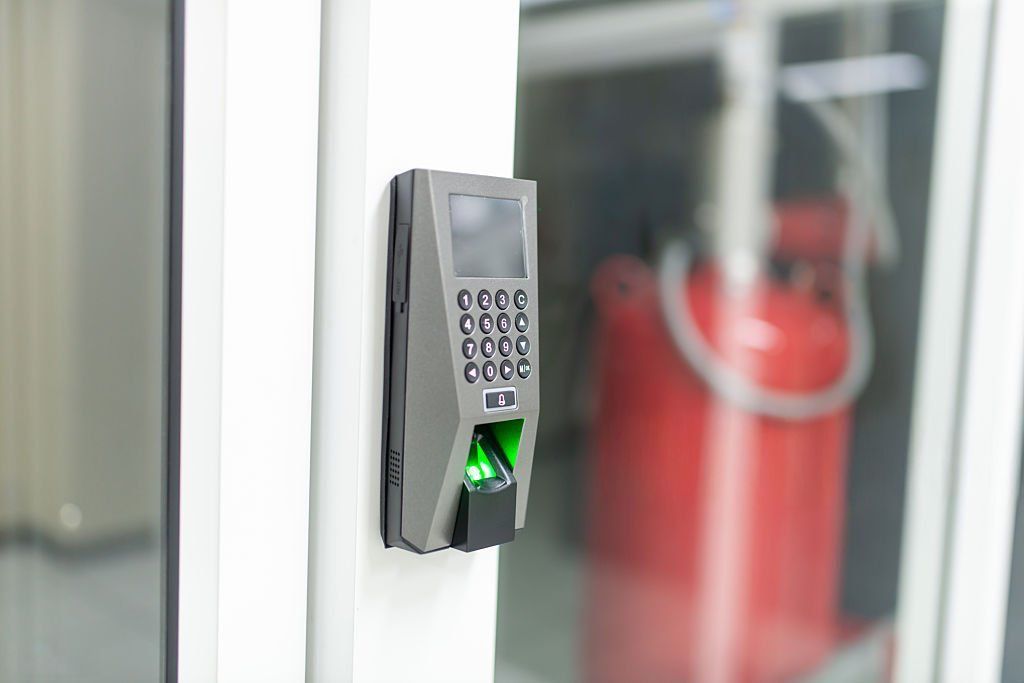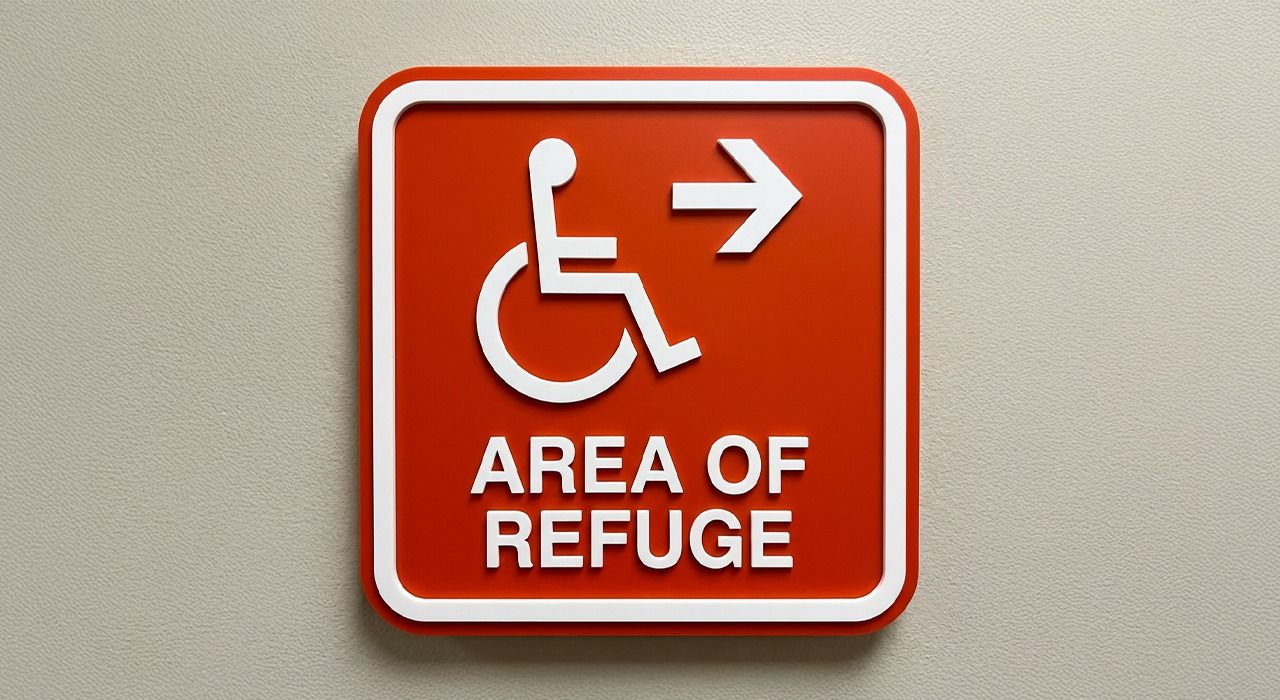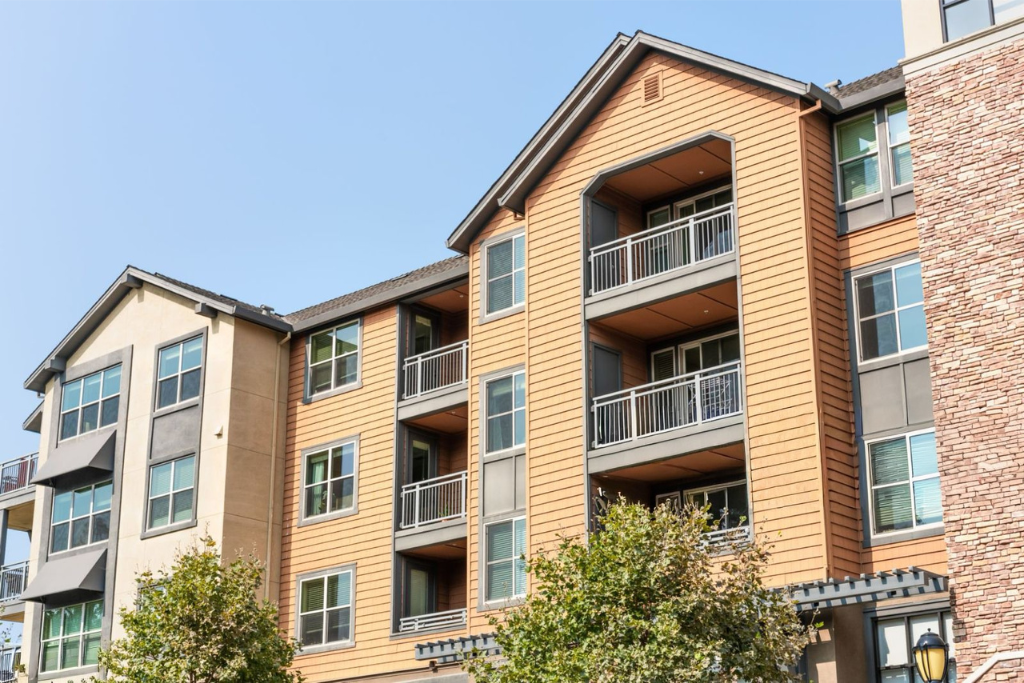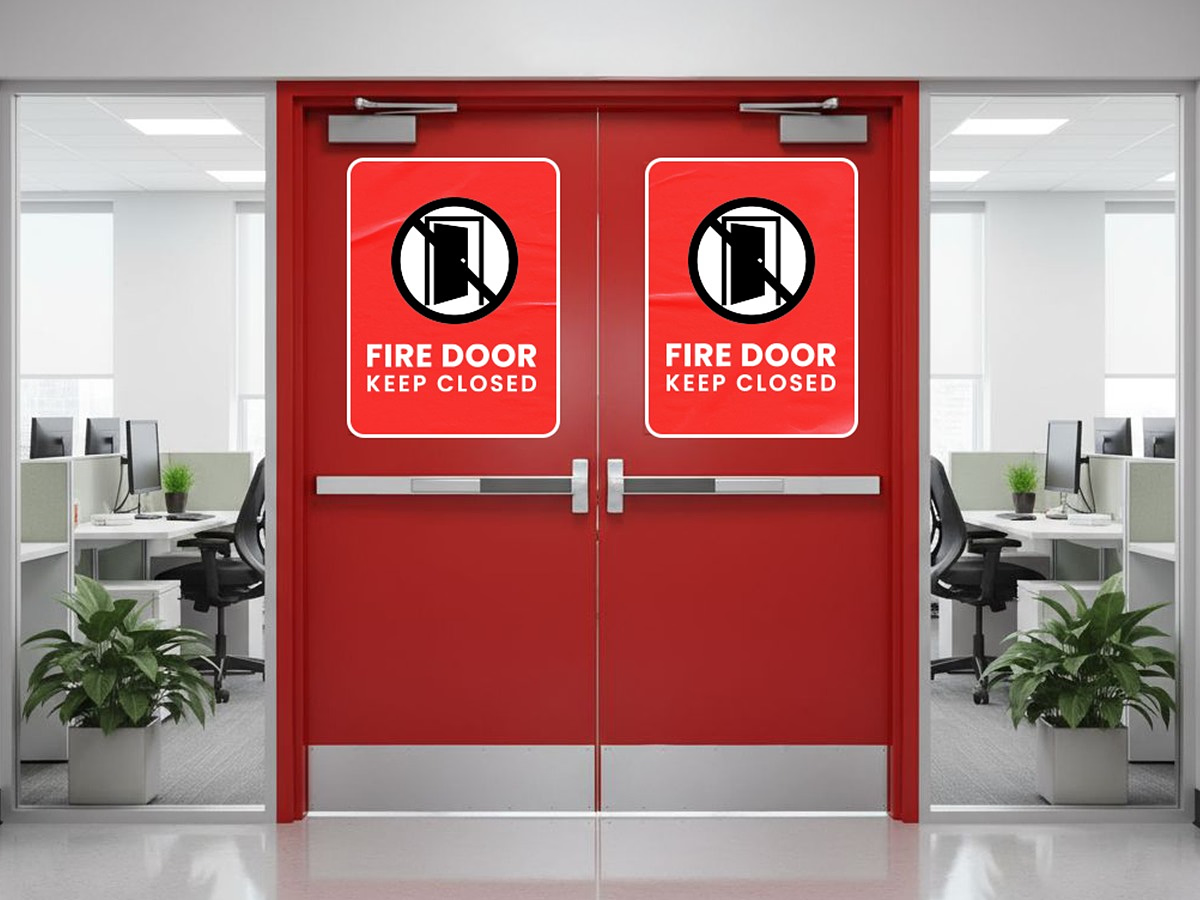Common Fire Alarm Problems and Repair Solutions for California Commercial Buildings
73% of commercial fire alarm failures have nothing to do with faulty equipment.
The real culprit? Neglected maintenance. Dead batteries, dirty detectors, and ignored trouble signals account for nearly three-quarters of system failures—problems that are entirely preventable with proper care.
For California facility managers and property owners, understanding common fire alarm issues isn't just about avoiding annoying beeps and flashing lights. It's about maintaining life safety compliance, protecting building occupants, and preventing costly emergency repairs that could have been avoided with routine attention.
This guide breaks down the six most frequent fire alarm problems affecting commercial buildings, schools, and healthcare facilities across Southern California, along with practical solutions that keep your system reliable and code-compliant.
Understanding Fire Alarm Trouble Signals
Before diving into specific problems, it's important to understand what your fire alarm system is telling you. Modern fire alarm control panels communicate through three types of signals: alarm (red), supervisory (yellow), and trouble (yellow).
A
trouble signal means your system has detected an operational or maintenance issue that needs attention. It's not an emergency, but it does require action. The yellow indicator light and audible beep are designed to alert you that something isn't working correctly.
Ignoring trouble signals can lead to system failure during an actual emergency, failed inspections by the local fire marshal, and potential fines for non-compliance with California Fire Code requirements. That's why understanding and addressing these signals promptly is essential for facility managers and property owners.
The 6 Most Common Fire Alarm Problems
1. Dead or Weak Backup Batteries
The Problem: Your fire alarm panel shows a low battery or battery trouble signal. This is the most common issue affecting commercial fire alarm systems.
Why It Happens: Backup batteries have a limited lifespan, typically 3-5 years. They're designed to power your fire alarm system during power outages, but they gradually lose capacity over time. Many facility managers don't realize their batteries have failed until the trouble signal appears.
The Solution: Test your backup batteries semi-annually and replace them according to the manufacturer's schedule. If your panel shows a battery trouble signal, have a licensed technician test the battery voltage and load capacity. Don't wait—a dead battery means your system won't function during a power outage.
2. False Alarms from Environmental Factors
The Problem: Your fire alarm activates when there's no fire, disrupting operations and potentially triggering unnecessary emergency responses.
Why It Happens: Commercial buildings with kitchens, restrooms, or machinery often produce steam, dust, or humidity that confuses smoke detectors. Detectors placed too close to HVAC vents, loading docks, or high-traffic areas are particularly susceptible. California's dry climate can also create dust conditions that trigger sensitive detectors.
The Solution: First, identify the specific detector causing false alarms—your addressable system will pinpoint the exact device. Check for environmental factors like nearby steam sources, dust accumulation, or air currents. Consider relocating problematic detectors or adjusting sensitivity settings per
NFPA 72 guidelines. For persistent issues, consult a licensed fire alarm technician to evaluate detector placement and type.
3. Dirty or Contaminated Detectors
The Problem: Detectors fail to respond during testing, or they trigger false alarms unpredictably.
Why It Happens: Dust, dirt, paint overspray, and other airborne contaminants accumulate inside smoke detectors over time, interfering with their ability to sense smoke particles. Construction or renovation work is a common culprit, as is poor air filtration in the building.
The Solution: Clean detectors annually as part of your NFPA 72 inspection, or more frequently in dusty environments. Use manufacturer-approved cleaning methods—never use compressed air, which can damage sensitive components. If detectors are heavily contaminated or painted over, they must be replaced. During construction projects, install protective covers to prevent contamination.
4. Power Supply and Circuit Issues
The Problem: Your fire alarm panel shows an AC power loss or ground fault trouble signal.
Why It Happens: Tripped circuit breakers, blown fuses, loose wiring connections, or problems with the building's electrical system can interrupt power to your fire alarm panel. Power surges from lightning or utility issues can also damage fire alarm components.
The Solution: Check the dedicated circuit breaker for your fire alarm system—it should be clearly labeled and never used for other equipment. Verify that the breaker hasn't tripped and that all connections are secure. If power issues persist, call a licensed electrician to inspect the circuit. Install surge protectors to safeguard against future power surges. Remember: California requires fire alarm systems to have dedicated, supervised power circuits.
5. Communication Pathway Failures
The Problem: Your fire alarm panel shows a communication trouble signal, indicating it cannot transmit signals to the monitoring station.
Why It Happens: Telephone line issues, internet connectivity problems, cellular signal degradation, or failed communication modules can prevent your fire alarm from reaching emergency responders. This is particularly concerning because you may not know your system can't call for help until it's tested.
The Solution: Test communication pathways monthly by activating a manual pull station or detector. Verify that the monitoring station receives the signal. If communication fails, check phone lines, internet connections, or cellular signal strength. Many California buildings are transitioning from traditional phone lines to cellular or internet-based communication—ensure your system uses reliable, redundant pathways as required by NFPA 72.
6. Control Panel Software Glitches
The Problem: Your fire alarm panel displays error codes, freezes, or behaves erratically despite no obvious physical problems.
Why It Happens: Like any computer-based system, fire alarm control panels can experience software glitches, corrupted programming, or memory errors. Power surges, age, or failed software updates can cause these issues.
The Solution: Try resetting the control panel by following the manufacturer's procedure—typically a controlled power-down and restart. Document any error codes and consult the system manual or manufacturer's technical support. For persistent software issues, contact a licensed fire alarm technician who can reprogram the panel or update firmware. Never attempt to reprogram a fire alarm system without proper training and authorization.
When to Call a Professional
While facility managers can handle some routine tasks like checking circuit breakers or acknowledging trouble signals, California law requires that fire alarm repairs be performed by licensed professionals. Here's when you must call a qualified technician:
| DIY-Friendly Tasks | Requires Licensed Professional |
|---|---|
| Check circuit breakers | Replace backup batteries |
| Acknowledge trouble signals | Clean or replace detectors |
| Document error codes | Repair wiring or connections |
| Test notification devices | Reprogram control panel |
| Visual inspections | Diagnose communication failures |
| Annual NFPA 72 testing |
Fire Testing Solutions employs NICET-certified technicians trained in troubleshooting and repairing all major fire alarm system brands. We understand California Fire Code requirements and can quickly diagnose issues that might take untrained staff hours to identify.
Don't risk system downtime or failed inspections.
Call us at 866-757-8378 for fast, professional fire alarm repair throughout Southern California.
Also Book a call.
Preventing Fire Alarm Problems Through Maintenance
The best repair is the one you never need. Regular maintenance prevents most fire alarm problems before they cause system failures or compliance issues.
Monthly tasks include testing notification devices, verifying control panel status, and checking for visible damage or obstructions. Building staff can typically handle these routine checks.
Quarterly inspections should include functional testing of detectors and notification devices. This catches issues like weak batteries or dirty detectors before they trigger trouble signals.
Annual comprehensive testing is required by California law and must be performed by licensed professionals. This thorough inspection examines every system component, identifies potential problems, and ensures NFPA 72 compliance. It's your best defense against unexpected failures.
Fire Testing Solutions offers annual maintenance agreements that include all required testing, priority service for repairs, and detailed documentation for fire marshal inspections. Our proactive approach keeps your system reliable and compliant year-round.
Frequently Asked Questions
Why does my fire alarm keep going off when there's no fire?
False alarms typically result from environmental factors (steam, dust, humidity), dirty detectors, or sensitivity settings that are too high for the environment. Identify which detector is triggering and check for nearby steam sources, dust accumulation, or air currents. Professional sensitivity adjustment may be needed.
What does a yellow trouble signal mean?
A yellow trouble signal indicates an operational or maintenance issue that needs attention but isn't an emergency. Common causes include low batteries, communication failures, wiring problems, or device malfunctions. Check your panel's display for specific trouble codes and consult your system manual.
How often should fire alarm batteries be replaced?
Backup batteries typically last 3-5 years and should be tested semi-annually. Replace batteries according to the manufacturer's schedule or when they fail load testing. California's NFPA 72 requirements mandate regular battery testing during annual inspections.
Can I silence a fire alarm trouble signal?
You can typically silence the audible trouble signal by pressing the "silence" or "acknowledge" button on your control panel. However, this doesn't fix the underlying problem—you must address the issue causing the trouble signal. The visual indicator will remain until the problem is resolved.
Keep Your Fire Alarm System Reliable
Fire alarm problems don't have to disrupt your operations or put your building at risk. Understanding common issues and knowing when to call professionals ensures your system remains reliable and compliant with California Fire Code requirements.
Remember that
73% of fire alarm failures stem from neglected maintenance. Don't become part of that statistic. Regular professional testing per NFPA 72 standards prevents most problems before they occur and ensures your system will protect occupants when it matters most.
Experiencing fire alarm problems? Fire Testing Solutions provides fast, professional repair services throughout Orange County, Los Angeles, Riverside, and San Bernardino counties. Our NICET-certified technicians diagnose and fix issues quickly, minimizing downtime and ensuring compliance.
📞
Call 866-757-8378 for emergency fire alarm repair or to schedule preventive maintenance.
📧
Email:
service@firetestingsolutions.com
📍
Location: 700 W. First St, Suite 10, Tustin, CA 92780
Don't wait for a failed inspection or system failure.
Contact us today to keep your fire alarm system operating reliably.










